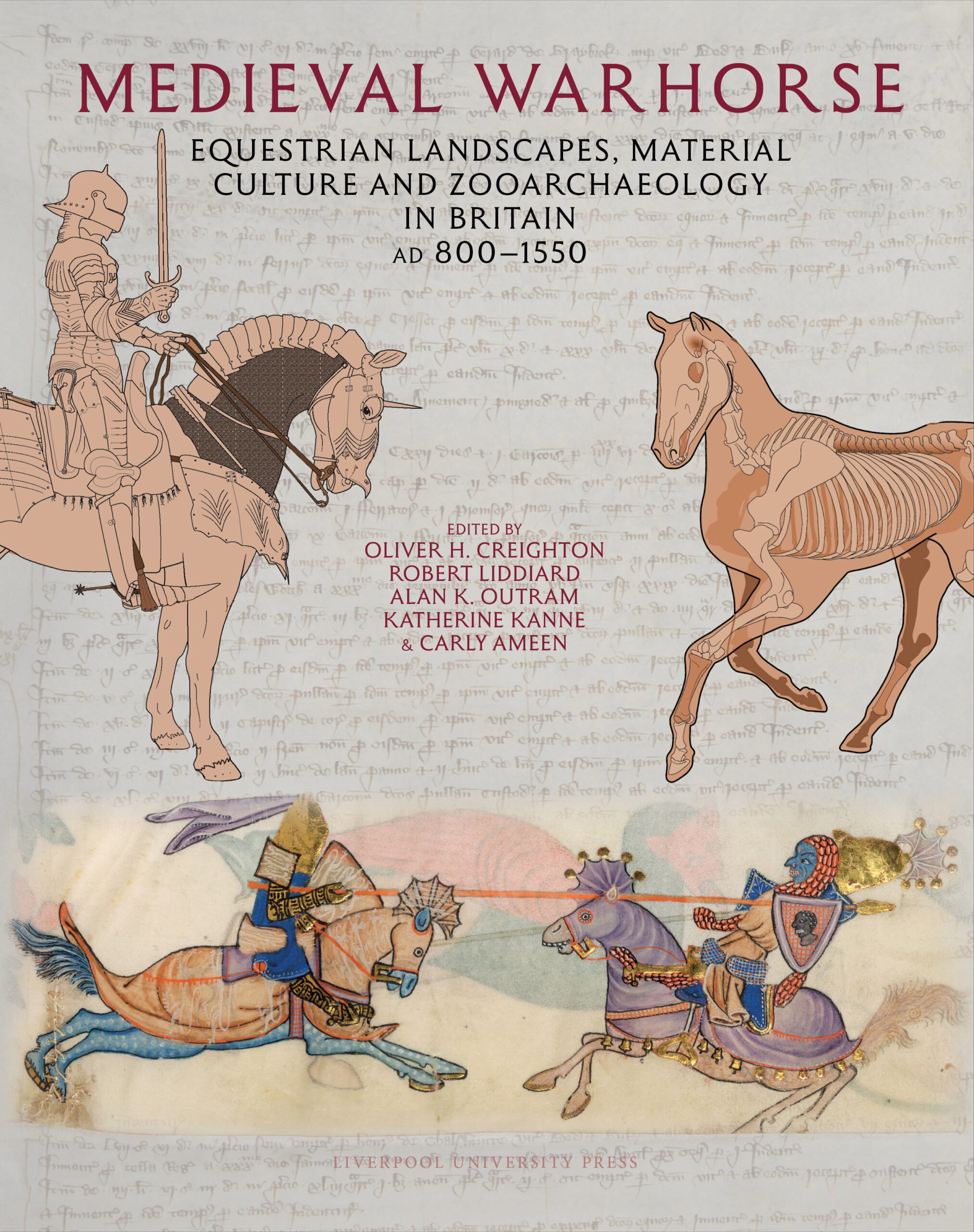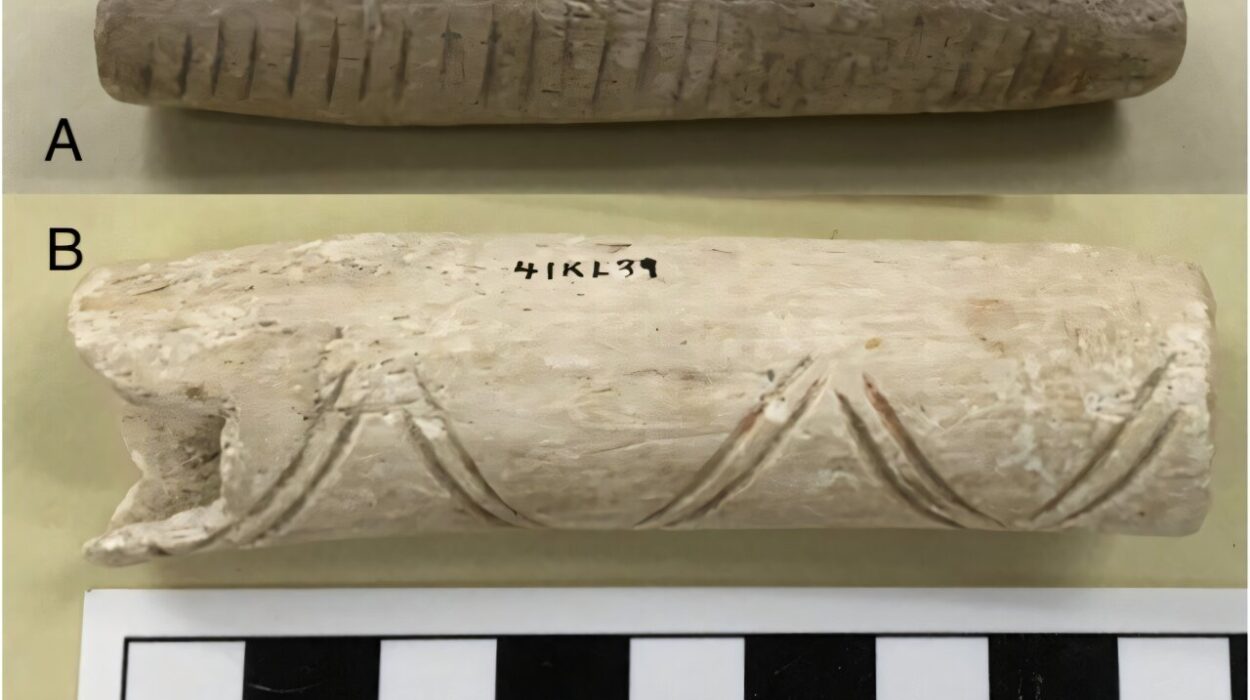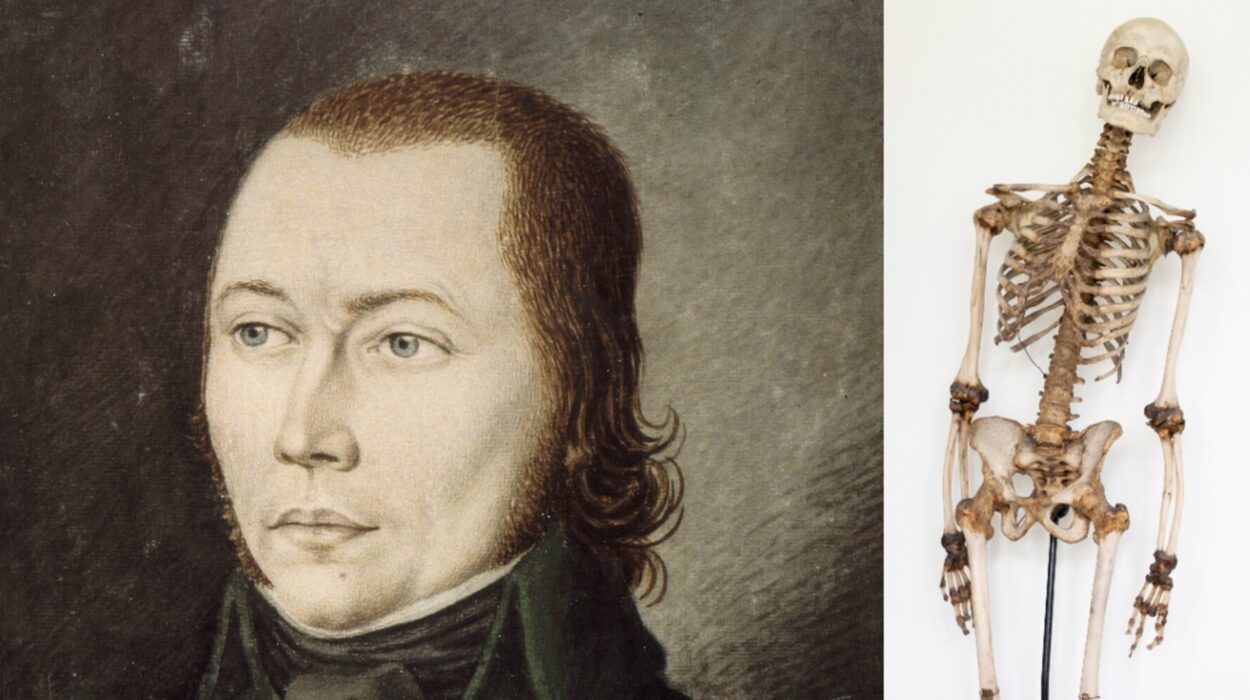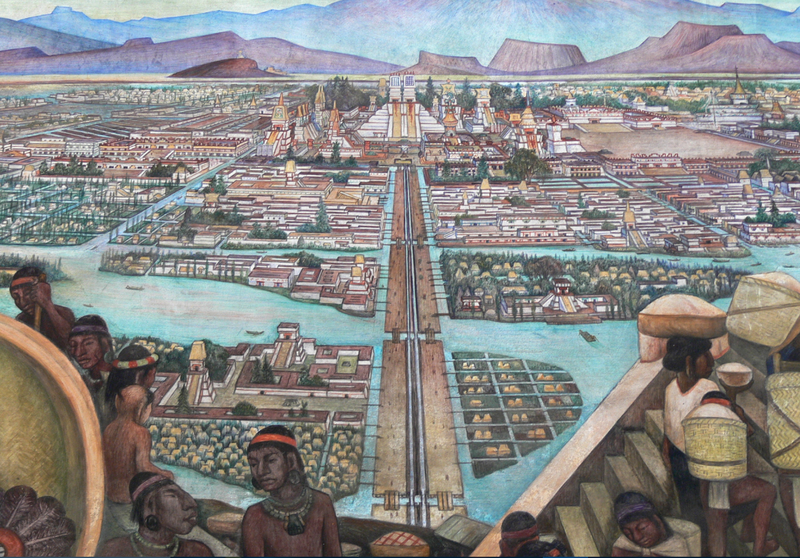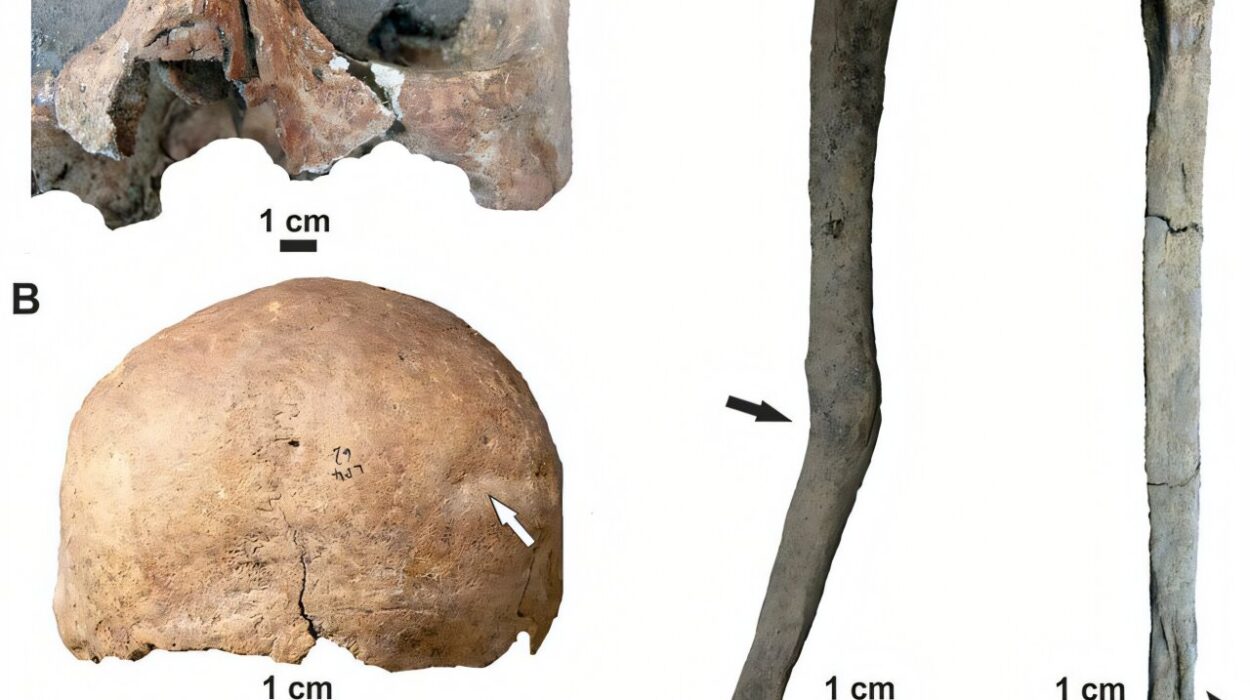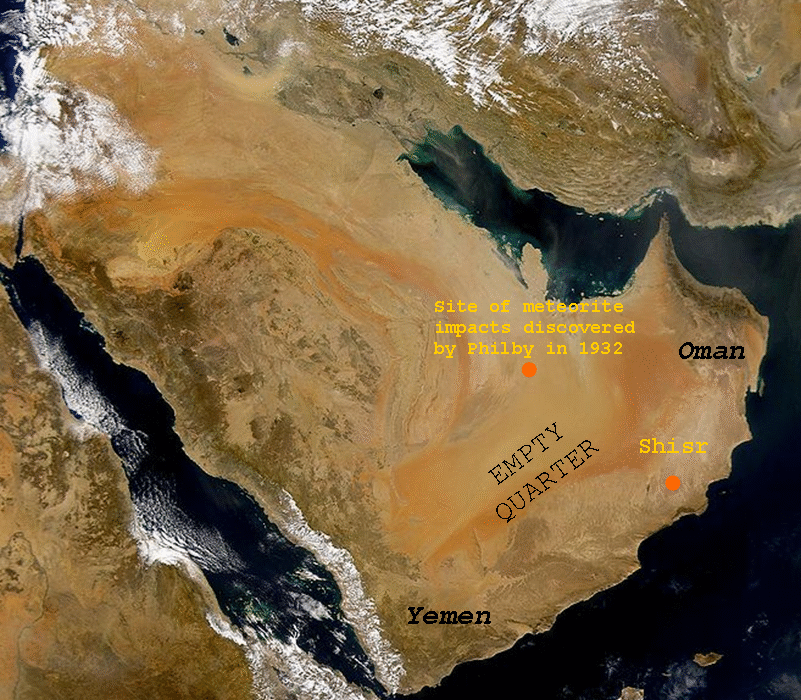The medieval warhorse, a creature shrouded in myth and legend, has long been depicted as a massive, armored beast thundering across battlefields beneath chain-mailed knights. However, a groundbreaking new study is set to challenge these age-old assumptions. This week, the most comprehensive analysis ever conducted on medieval warhorses will be released in the form of a radical new book: Medieval Warhorse: Equestrian Landscapes, Material Culture and Zooarchaeology in Britain, AD 800–1550.
Based on years of extensive research, including the meticulous examination of bones, DNA, historical manuscripts, armor, and medieval artwork, this book presents an in-depth look at the evolution of these iconic animals. The study is the result of a collaborative effort by leading archaeologists from the University of Exeter, University of East Anglia (UEA), University College Dublin, and other esteemed institutions, all working under the banner of the Warhorse research project.
Their findings reshape our understanding of how warhorses were bred, used, and perceived in medieval Britain, shedding light on their true size, the extensive royal stud networks, and the economic and social value these animals held—comparable, in some ways, to today’s luxury supercars.
The Warhorse: More Than Just a Battle Machine
The image of an armored knight charging into battle atop a colossal destrier has been deeply ingrained in popular culture, from Hollywood films to historical literature. But how accurate is this depiction?
One of the most striking revelations in this new book is that medieval warhorses were not as large as traditionally thought. Unlike the towering Shire horses often imagined, actual warhorses were likely no bigger than modern-day large ponies or smaller riding horses, standing at around 14 to 15 hands high (approximately 4.5 to 5 feet at the shoulder). These horses were bred for agility, endurance, and strength rather than sheer size, making them formidable mounts for knights in battle.
“People often assume warhorses were giant, almost monstrous creatures, but in reality, they were selectively bred for power, stamina, and maneuverability,” explains Professor Oliver Creighton, project lead and co-editor of the book. “They were far more versatile and adaptable than the Hollywood image suggests.”
Rather than being hulking brutes, these horses were purposefully engineered for medieval combat. Their physical build allowed knights to remain highly mobile on the battlefield, charging with lances, evading attacks, and engaging in close combat with precision. The research also delves into the different breeds used, showing that there were specialized horses for jousting, long-distance travel, and mounted combat.
A Medieval ‘Supercar’ Industry: The Royal Stud Network and the Warhorse Trade
The breeding and trading of warhorses was not just an art—it was an elite industry. The book sheds light on the extensive royal stud networks established by the Kings of England to ensure a steady supply of high-quality horses. These networks were akin to modern breeding programs for racehorses, involving careful selection and trade across Europe.
Horses were not just tools of war; they were also symbols of power and prestige. Owning and displaying a fine warhorse was akin to possessing a modern-day Ferrari or Rolls-Royce—a status symbol that spoke volumes about one’s wealth and social standing.
Records from the medieval period reveal that monarchs such as Henry II and Edward III invested heavily in acquiring, breeding, and maintaining superior warhorses. The book highlights how these royal stables were strategically placed across the country, often near key castles and battlefields, ensuring that England always had a supply of elite cavalry mounts.
The trade in warhorses was international, with England importing elite bloodlines from Flanders, Spain, and Italy to refine its own breeding stock. The best warhorses were carefully bred for specific traits, such as speed, endurance, and temperament—traits that could determine victory or defeat on the battlefield.
The Role of Warhorses in Medieval Society and Warfare
Beyond their use in battle, warhorses played a crucial role in medieval society. They were symbols of knighthood and chivalry, deeply embedded in the aristocratic image of the warrior elite. A knight without a horse was not a knight at all. In tournaments and jousts, warhorses were displayed in elaborate armor and caparisons, reinforcing their status as noble creatures.
The book also explores how warhorses were used in different types of warfare. While heavy cavalry charges were a hallmark of medieval combat, these horses were also trained for other roles, including raiding, skirmishing, and long-distance military campaigns. Their adaptability made them invaluable assets in both pitched battles and prolonged sieges.
The research draws from a wealth of historical sources, including medieval manuscripts and artistic depictions, to reconstruct the way warhorses were outfitted for combat. Detailed studies of medieval horse armor (barding) show how these animals were protected in battle, with some wearing elaborate plate and chainmail to shield them from enemy attacks.
Uncovering the Truth: The Role of Zooarchaeology
A major breakthrough in this study has been the application of zooarchaeology—the study of animal remains—to medieval warhorses. By analyzing horse bones from archaeological sites across Britain, researchers have been able to determine the actual sizes, breeds, and lifespans of these animals.
DNA analysis has provided even deeper insights, revealing genetic markers that indicate how medieval horses were bred and whether they had specific traits suited for war. For example, scientists have been able to trace lineage patterns, discovering which breeds were dominant in different periods and how selective breeding shaped their evolution over time.
“By combining archaeological evidence with historical records, we’ve been able to build a far more accurate picture of the medieval warhorse than ever before,” says Professor Creighton. “This book represents a major leap forward in our understanding of these incredible animals.”
Why This Study Matters Today
While medieval warhorses may seem like relics of a distant past, their legacy endures. Modern horse breeds still carry traces of their medieval ancestors, and the techniques used to breed and train warhorses have influenced equestrian traditions that persist to this day.
Moreover, this research has significant implications for the fields of archaeology, history, and even genetics. By applying modern scientific methods to medieval history, scholars are uncovering new dimensions of the past—ones that challenge long-held assumptions and reshape our understanding of how medieval societies functioned.
The book Medieval Warhorse: Equestrian Landscapes, Material Culture and Zooarchaeology in Britain, AD 800–1550 is not just a study of horses; it is a window into the medieval world itself. It explores the intersection of warfare, economy, and culture, revealing how one animal helped shape the course of history.
As the most in-depth analysis of medieval warhorses ever conducted, this work will undoubtedly become a definitive reference for historians, archaeologists, and equestrian enthusiasts alike. It reminds us that history is not always as we imagine it—and that even the most legendary figures, like the knights of the Middle Ages, relied on partners who were not as towering as myth would have us believe, but were, in their own right, equally formidable.
Reference: Medieval Warhorse: Equestrian Landscapes, Material Culture and Zooarchaeology in Britain, AD 800–1550. www.liverpooluniversitypress.c … 0.3828/9781836243359
